Home>Garden Essentials>What Soil Mix Is Good For New Guinea Impatiens
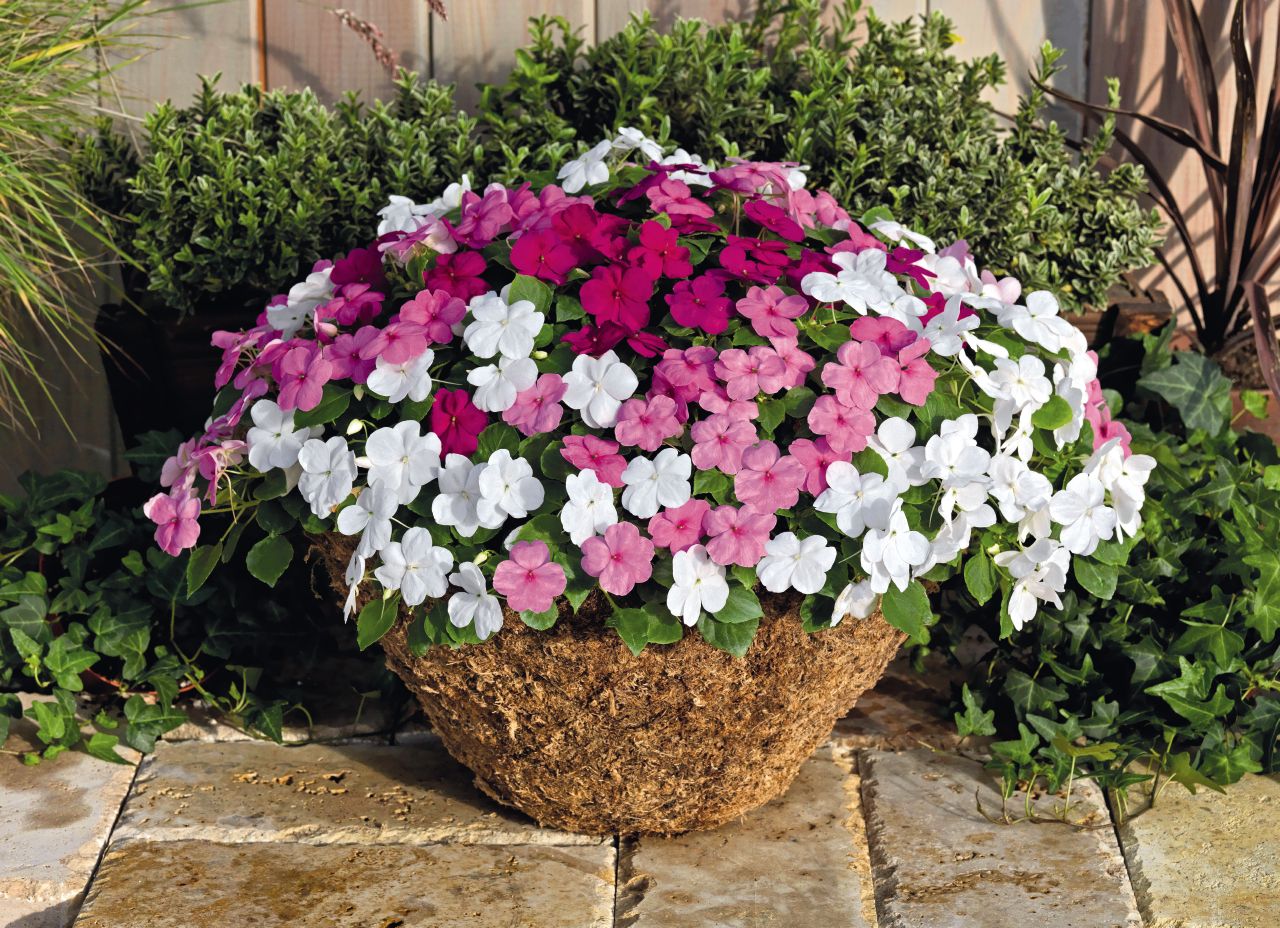

Garden Essentials
What Soil Mix Is Good For New Guinea Impatiens
Modified: March 15, 2024
Discover the perfect soil mix for your new Guinea impatiens garden. Find out which soil type will provide optimal growth and health for these colorful plants.
(Many of the links in this article redirect to a specific reviewed product. Your purchase of these products through affiliate links helps to generate commission for Storables.com, at no extra cost. Learn more)
Introduction
Welcome to the wonderful world of gardening! If you’re a fan of vibrant flowers and lush greenery, then you’re in for a treat with New Guinea Impatiens. These beautiful flowering plants are known for their colorful blooms that can instantly brighten up any garden or indoor space.
In order to ensure the health and vitality of your New Guinea Impatiens, it is essential to provide them with the right soil mix. The soil you choose will play a crucial role in the plant’s growth, as it provides the necessary nutrients, moisture retention, and aeration for their roots.
Choosing the perfect soil mix can be a bit overwhelming, especially for those new to gardening. But don’t worry, I’m here to guide you through the process! In this article, we will explore the importance of soil mix for New Guinea Impatiens, the factors you need to consider when choosing a soil mix, and the recommended soil mix to ensure your plants thrive.
So, let’s dig in and discover the secrets to creating the ideal soil mix for your New Guinea Impatiens!
Key Takeaways:
- Choosing the right soil mix for New Guinea Impatiens is crucial for their health and vibrant blooms. It provides essential nutrients, proper moisture, and aeration for strong root growth and disease prevention.
- The recommended soil mix includes organic matter, perlite, coarse sand, and moisture-retaining materials. Proper soil preparation, planting techniques, and maintenance are key to ensuring the success of your New Guinea Impatiens.
Read more: What Is A Good Soil Mix
Understanding New Guinea Impatiens
New Guinea Impatiens, scientifically known as Impatiens hawkeri, are colorful flowering plants native to New Guinea and surrounding islands. They are a popular choice among gardeners due to their ability to produce large, vibrant blooms in a wide range of colors, including shades of red, pink, orange, purple, and white.
These plants are known for their lush foliage, with leaves that vary in size and shape. The foliage can range from bright green to bronze or variegated patterns, adding to the overall visual appeal of the plant.
New Guinea Impatiens are versatile plants that can thrive in both sun and shade, making them suitable for various garden settings. They are often used in beds, borders, containers, hanging baskets, and as ground covers.
One of the standout features of New Guinea Impatiens is their long blooming season. With proper care, they can provide you with a continuous display of beautiful flowers from spring to fall, adding a splash of color to your outdoor space.
These plants are relatively low-maintenance and can tolerate a wide range of growing conditions. However, providing them with the right soil mix is essential to ensure their optimal growth and development.
Now that we have a better understanding of New Guinea Impatiens, let’s explore why the choice of soil mix is crucial for their overall health and vigor.
Importance of Soil Mix for New Guinea Impatiens
The soil mix you choose for your New Guinea Impatiens plays a vital role in their overall health and well-being. It provides the necessary nutrients, moisture retention, and aeration for the roots, ensuring optimal growth and vibrant blooms. Here are some key reasons why the soil mix is crucial for New Guinea Impatiens:
- Nutrient Availability: The soil mix serves as the source of essential nutrients for your plants. It provides the necessary macronutrients such as nitrogen, phosphorus, and potassium, as well as micronutrients like iron and magnesium. These nutrients are vital for the plant’s growth and development, including healthy foliage, strong stems, and vibrant flowers.
- Moisture Retention: The right soil mix allows for proper moisture retention, ensuring that the plants have access to adequate water. New Guinea Impatiens prefer consistently moist soil, but they can’t tolerate waterlogged conditions. A well-draining soil mix prevents waterlogging and helps maintain the right level of moisture for the plant’s roots.
- Aeration: The roots of New Guinea Impatiens need access to oxygen for optimal growth. A suitable soil mix provides adequate aeration to the roots, allowing them to breathe and absorb essential nutrients. This is achieved through the presence of organic matter and a well-structured mix that allows for air pockets in the soil.
- pH Balance: The soil pH level influences nutrient availability for plants. New Guinea Impatiens prefer a slightly acidic to neutral soil pH, ideally ranging from 6.0 to 7.0. The choice of soil mix can help maintain the appropriate pH level, ensuring that the plants can absorb nutrients efficiently.
- Disease Prevention: The soil mix can help prevent certain diseases that can affect New Guinea Impatiens. Well-draining soil reduces the risk of root rot and other fungal diseases caused by excessive moisture. A healthy soil mix also promotes a balanced soil ecosystem, which can help suppress harmful pathogens.
By choosing the right soil mix, you provide optimal conditions for your New Guinea Impatiens to thrive. It helps them establish strong root systems, encourages robust growth, and enhances their ability to withstand environmental stressors. Now that we understand the importance of soil mix, let’s explore the factors to consider when choosing the right one for your plants.
Factors to Consider for Choosing Soil Mix
When it comes to choosing the ideal soil mix for your New Guinea Impatiens, there are several factors to consider. Each of these factors will contribute to the overall health and success of your plants. Here are the key considerations:
- Water Drainage: New Guinea Impatiens prefer soil that drains well, as they can be prone to root rot in waterlogged conditions. Look for a soil mix that provides adequate drainage while retaining enough moisture to keep the plants hydrated.
- Texture: The texture of the soil mix is important for root development and aeration. A well-balanced mix should have a fine to medium texture, allowing for good water retention without becoming compacted. It should crumble easily and not clump together excessively.
- Nutrient Content: The soil mix should be rich in organic matter and essential nutrients. Look for mixes that contain compost, well-rotted manure, or other organic materials that provide a steady release of nutrients over time.
- pH Level: New Guinea Impatiens prefer a slightly acidic to neutral soil pH, ideally ranging from 6.0 to 7.0. Test the pH level of your soil mix and adjust it if necessary using pH additives or amendments.
- Soil Structure: A well-structured soil mix promotes root growth and aeration. It should have a good balance of sand, silt, and clay particles. Sandy soil mixes can provide better drainage, while loamy mixes with a balance of all three particle types are generally suitable.
- Retains Moisture: While New Guinea Impatiens prefer well-drained soil, they also require consistent moisture. Look for a soil mix that retains moisture well but doesn’t become waterlogged. Organic matter and moisture retention additives like vermiculite or perlite can help achieve this balance.
- Availability: Consider the availability and cost of the soil mix in your area. It is most convenient to choose a mix that is easily accessible and affordable, ensuring you can provide your plants with the necessary soil amendments when needed.
By taking these factors into account, you can select a soil mix that meets the specific needs of your New Guinea Impatiens, providing them with a healthy foundation for growth. Now let’s move on to the recommended soil mix for these vibrant flowering plants.
Recommended Soil Mix for New Guinea Impatiens
For optimal growth and vibrant blooms, New Guinea Impatiens thrive in a well-draining, nutrient-rich soil mix. Here is a recommended soil mix that provides the ideal conditions for your plants:
- Organic Matter: Start with a base of high-quality organic matter, such as compost or well-rotted manure. These organic materials improve soil fertility, add beneficial microorganisms, and enhance moisture retention.
- Perlite or Vermiculite: Incorporate perlite or vermiculite into the soil mix to improve drainage and aeration. These lightweight additives help prevent soil compaction and create air pockets for the roots to breathe.
- Coarse Sand: Add coarse sand to the mix to further enhance drainage. This helps prevent waterlogging and ensures that the plants’ roots have access to oxygen. Avoid using fine sand, as it can lead to compacted soil.
- Peat Moss or Coconut Coir: Peat moss or coconut coir can be added to promote moisture retention while maintaining proper drainage. They act as water reservoirs, helping to keep the soil consistently moist without becoming too soggy.
- Slow-Release Fertilizer: Incorporate a slow-release fertilizer into the soil mix to provide a steady supply of nutrients throughout the growing season. Look for a balanced fertilizer specifically formulated for flowering plants.
Combine these ingredients in the appropriate ratios depending on the size of your planting area. Aim for a loose and crumbly texture that allows for good root penetration and water movement. Ensure that the soil mixture is thoroughly mixed to distribute the nutrients evenly.
Remember to regularly monitor the moisture level of the soil and adjust watering accordingly. New Guinea Impatiens prefer consistently moist soil, but be cautious not to overwater, as this can lead to root rot.
Now that you have the recommended soil mix, let’s move on to preparing the soil mix for planting your New Guinea Impatiens.
A good soil mix for New Guinea Impatiens should be well-draining and rich in organic matter. A mix of peat moss, perlite, and compost is ideal for these plants.
Read more: What Is A Good Soil Mix For Herbs
Preparing the Soil Mix for Planting
Proper preparation of the soil mix is key to creating an ideal growing environment for your New Guinea Impatiens. Follow these steps to prepare the soil mix before planting:
- Clean and Clear: Start by removing any weeds, rocks, or debris from the planting area. This will ensure a clean and clutter-free space for your plants.
- Loosen the Soil: Use a garden fork or a tiller to loosen the soil in the planting area. This will help improve drainage and aeration, creating a favorable environment for the roots to grow.
- Amend the Soil: If your soil is heavy clay or sandy, mix in organic matter such as compost or well-rotted manure. This will enrich the soil, improve its structure, and enhance nutrient availability.
- Add Soil Mix: Next, add the recommended soil mix for New Guinea Impatiens to the planting area. Spread it evenly and work it into the soil, ensuring thorough incorporation of all the components. Aim for a depth of around 6-8 inches, providing enough space for the roots to establish.
- Level and Consolidate: Use a rake to level the soil mix and remove any large clumps or rocks. Gently press the soil to consolidate it but avoid compacting it too much.
- Moisten the Soil: Before planting, water the prepared soil mix lightly to ensure it’s moist, but not excessively wet. This will help settle the soil and create a favorable environment for your New Guinea Impatiens.
Once the soil mix is prepared, you’re ready to plant your New Guinea Impatiens. Keep reading to learn the proper techniques for planting these stunning flowering plants.
Planting New Guinea Impatiens in the Soil Mix
Now that you have prepared the soil mix, it’s time to plant your vibrant New Guinea Impatiens. Follow these steps to ensure successful planting:
- Spacing: Determine the spacing requirements for your specific variety of New Guinea Impatiens. Generally, they should be planted about 8-12 inches apart to allow for proper airflow and prevent overcrowding.
- Digging Holes: Dig holes in the prepared soil mix that are slightly wider and deeper than the root balls of your plants. Gently loosen the root balls if they appear tightly bound.
- Placement: Place each New Guinea Impatiens plant in its respective hole, ensuring that the top of the root ball is level with or slightly above the soil surface. This will prevent water pooling around the stem and minimize the risk of rot.
- Backfilling: Fill the gaps around the root ball with the soil mix, gently pressing it down to secure the plant. Avoid compacting the soil too tightly, as roots need oxygen to grow.
- Watering: After planting, thoroughly water the newly planted New Guinea Impatiens. This will help settle the soil and provide the plants with the necessary hydration. Ensure that the soil is evenly moist but not waterlogged.
- Mulching: Consider applying a layer of organic mulch, such as wood chips or straw, around the base of the plants. This will help conserve moisture, suppress weeds, and regulate soil temperature.
Remember to keep an eye on your newly planted New Guinea Impatiens and monitor their water needs. Water consistently to keep the soil moist but avoid overwatering, which can lead to root rot. Regularly check for signs of stress or pests and take appropriate action if needed.
By following these planting techniques, your New Guinea Impatiens will have a strong start in their new home. Now, let’s move on to maintaining the soil mix to ensure healthy growth and vibrant blooms.
Maintaining the Soil Mix for Healthy Growth
Proper maintenance of the soil mix is essential to provide your New Guinea Impatiens with the optimal growing conditions they need to thrive. Here are some key tips to ensure healthy growth:
- Watering: New Guinea Impatiens prefer consistently moist soil. Regularly check the moisture level of the soil and water when the top inch feels dry. Avoid overwatering, as it can lead to root rot. Water at the base of the plants to prevent wetting the foliage, which can increase the risk of disease.
- Fertilizing: New Guinea Impatiens are heavy feeders and benefit from regular fertilization. Apply a balanced water-soluble fertilizer every 2-4 weeks during the growing season. Follow the recommended dosage on the fertilizer package to prevent overfertilization, which can damage the plants.
- Deadheading: To promote continuous blooming, remove spent flowers by pinching or cutting them off. Deadheading encourages the plant to produce more blooms and directs its energy towards healthy growth rather than seed production.
- Weeding: Regularly remove any weeds that may emerge in the planting area. Weeds compete with your New Guinea Impatiens for nutrients and moisture, impeding their growth. Use manual removal or mulching to suppress weed growth.
- Monitoring: Keep an eye on your New Guinea Impatiens for signs of stress, disease, or pest infestation. Early detection allows for prompt intervention and treatment, minimizing potential damage to the plants. Remove any diseased or damaged leaves or stems to prevent the spread of infection.
- Seasonal Care: In colder climates, New Guinea Impatiens are usually grown as annuals. As the cooler seasons approach, consider protecting your plants from frost or transitioning them indoors. Provide them with adequate light, water, and proper temperature conditions to maintain growth throughout the year.
By following these maintenance tips, you can keep your New Guinea Impatiens healthy and vibrant, ensuring a stunning display of colorful blooms. Now, let’s address some common issues that you may encounter with the soil mix and their respective solutions.
Common Issues with Soil Mix and Solutions
While proper soil mix preparation and maintenance can significantly reduce the chances of problems, there are a few common issues that you may encounter with your New Guinea Impatiens. Here are some of these issues and their respective solutions:
- Poor Drainage: If the soil mix is not well-draining, it can lead to waterlogged conditions, causing root rot. To improve drainage, you can amend the soil mix with perlite, sand, or organic matter like compost. Additionally, ensure that the planting area has adequate drainage to prevent water pooling.
- Nutrient Deficiency: If your New Guinea Impatiens start showing signs of nutrient deficiency, such as yellowing leaves or stunted growth, it may indicate a lack of essential nutrients in the soil mix. Regularly fertilize your plants with a balanced fertilizer to provide them with the necessary nutrients they require for healthy growth.
- If the pH level of the soil mix is too acidic or alkaline, it can affect nutrient availability and plant growth. Test the soil pH and adjust it if necessary using pH additives or amendments. Aim for a slightly acidic to neutral pH range of 6.0 to 7.0 for optimal growth.
- Disease and Pest Infestation: New Guinea Impatiens are susceptible to certain diseases like powdery mildew, botrytis blight, or aphid infestation. Proper sanitation, regular monitoring, and appropriate pest control measures can help prevent and manage these issues. Remove any affected plants or leaves promptly and consider using organic insecticides or fungicides if necessary.
- Soil Compaction: Over time, the soil mix can become compacted, restricting root growth and impeding proper water drainage and aeration. To avoid soil compaction, use organic matter and amendments that improve soil structure, such as compost or vermiculite. Regularly loosen the soil with gentle cultivation or aerating tools.
By addressing these common issues promptly and applying the appropriate solutions, you can ensure the health and vitality of your New Guinea Impatiens. Remember, prevention and regular monitoring are key to maintaining a thriving garden.
Now that we have covered common soil mix issues, let’s conclude with a brief recap of the importance of selecting the right soil mix for your New Guinea Impatiens.
Read more: What Is A Good Soil Mix With Miracle Grow
Conclusion
Congratulations on learning the importance of soil mix for your New Guinea Impatiens! By understanding the unique needs of these vibrant flowering plants and providing them with the right soil mix, you are setting the stage for their success and ensuring a beautiful garden display.
The soil mix plays a critical role in providing your New Guinea Impatiens with essential nutrients, proper moisture retention, and optimal root aeration. It contributes to their overall health, vigorous growth, and the production of vibrant blooms.
When choosing a soil mix, consider factors such as water drainage, texture, nutrient content, pH level, soil structure, and moisture retention. The recommended soil mix for New Guinea Impatiens typically includes organic matter, perlite or vermiculite, coarse sand, and moisture-retaining materials like peat moss or coconut coir.
Remember to prepare the soil mix before planting by loosening the soil, incorporating organic matter, and thoroughly mixing the components. Plant your New Guinea Impatiens in the prepared soil mix, ensuring proper spacing, backfilling, and watering.
To maintain the soil mix’s health, regularly water your plants, fertilize appropriately, deadhead spent blooms, and monitor for pests, diseases, and pH imbalances. Address any common issues promptly, such as poor drainage, nutrient deficiencies, pH imbalance, disease, and soil compaction.
By providing the right soil mix and proper care, your New Guinea Impatiens will flourish, creating a vibrant and inviting garden space. Enjoy the continuous display of their colorful blooms and the joy they bring.
Remember, gardening is a journey of learning and experimentation. Be attentive to your plants’ needs, adapt to the unique conditions of your garden, and enjoy the rewarding experience of nurturing your New Guinea Impatiens to their full potential.
Happy gardening!
Frequently Asked Questions about What Soil Mix Is Good For New Guinea Impatiens
Was this page helpful?
At Storables.com, we guarantee accurate and reliable information. Our content, validated by Expert Board Contributors, is crafted following stringent Editorial Policies. We're committed to providing you with well-researched, expert-backed insights for all your informational needs.
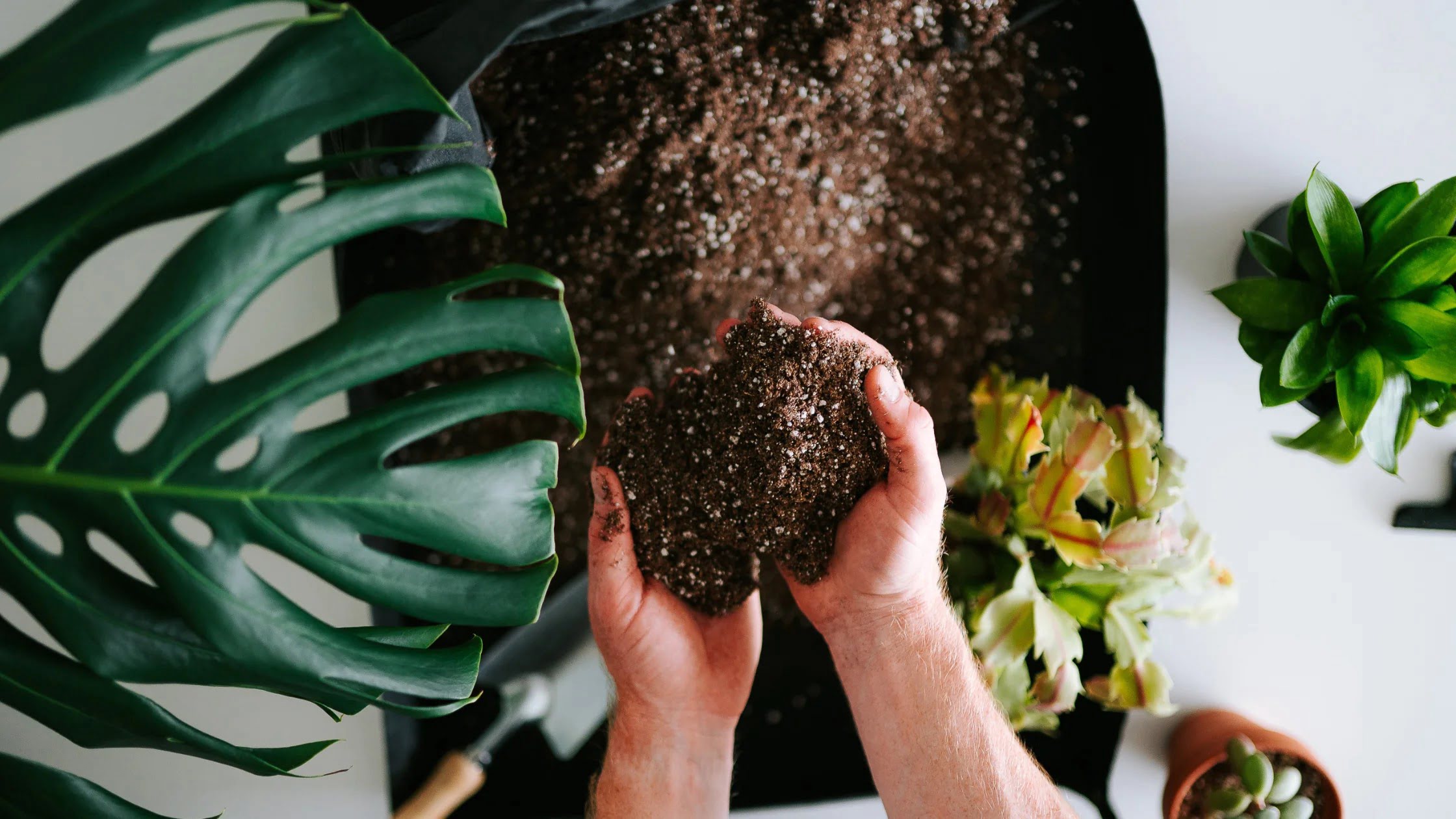
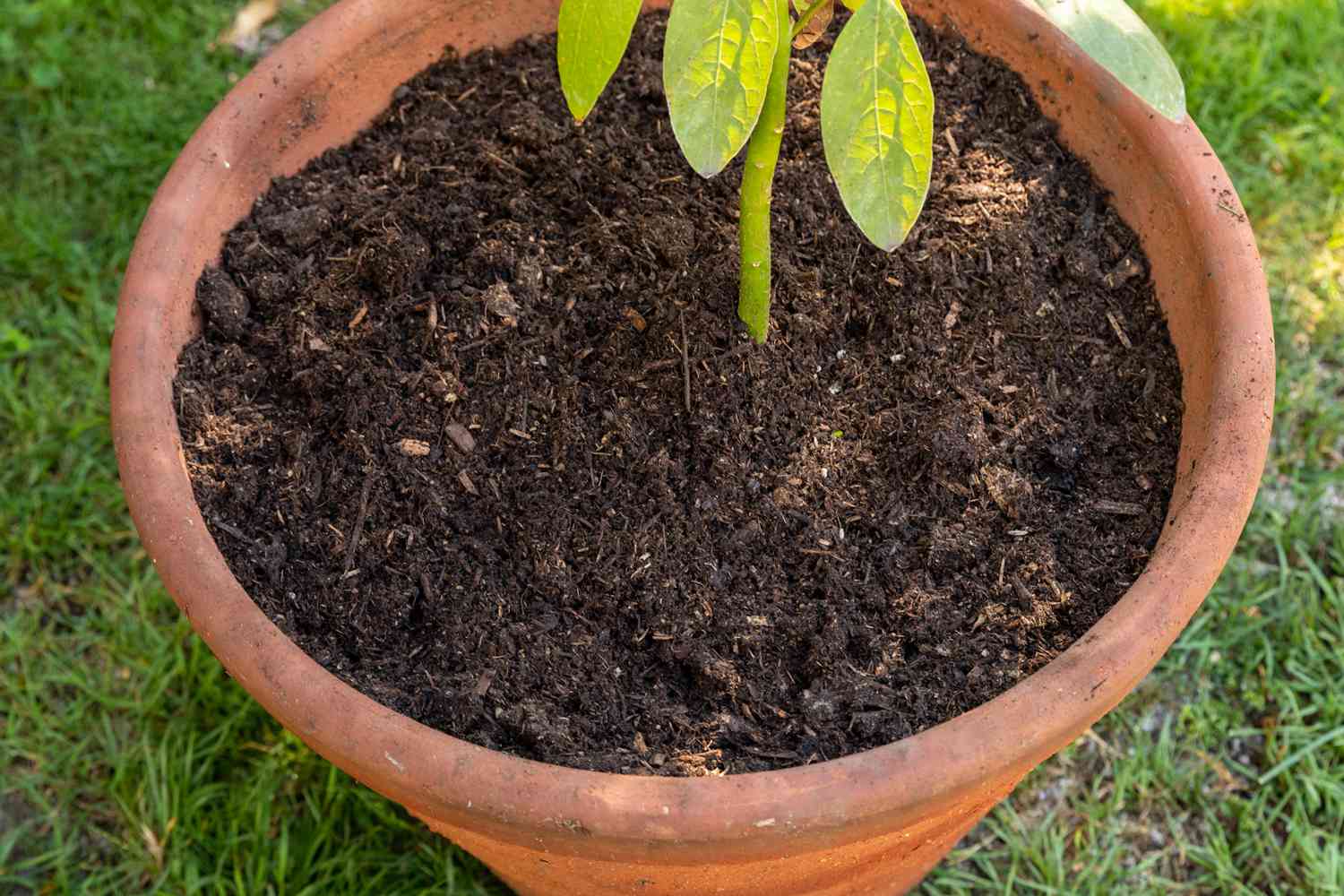
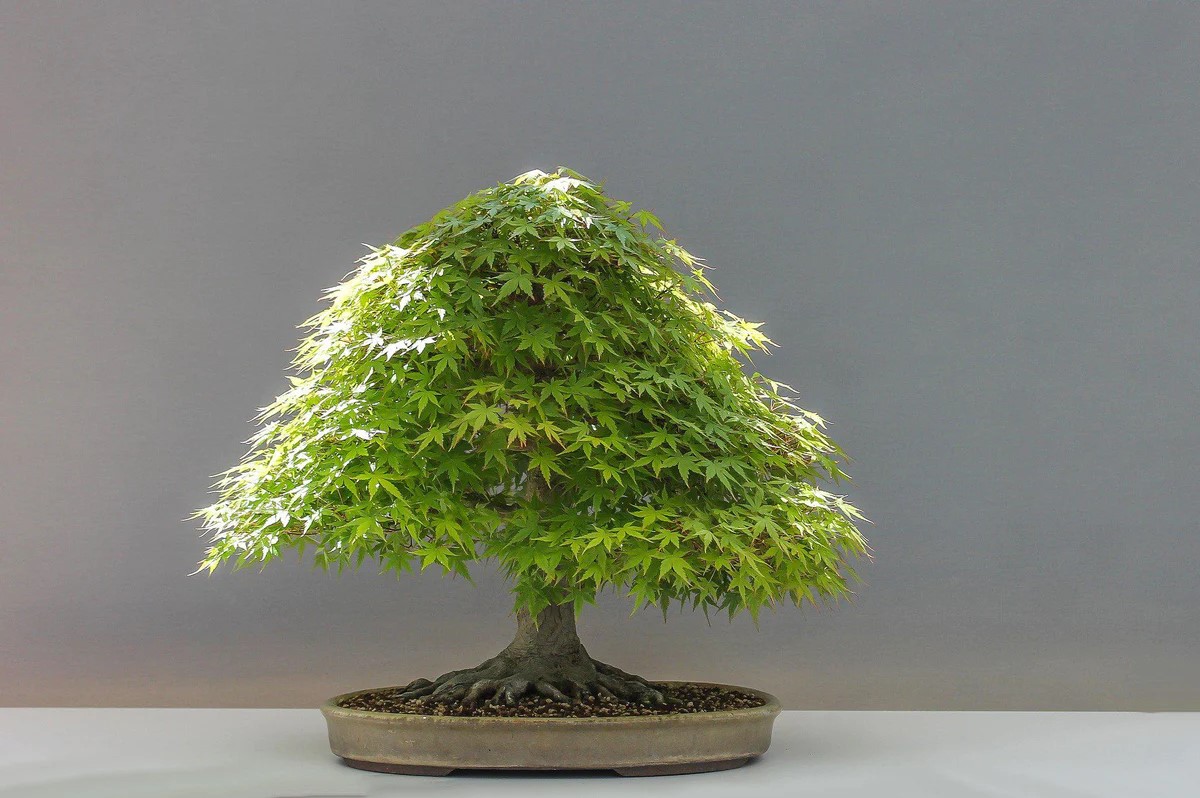
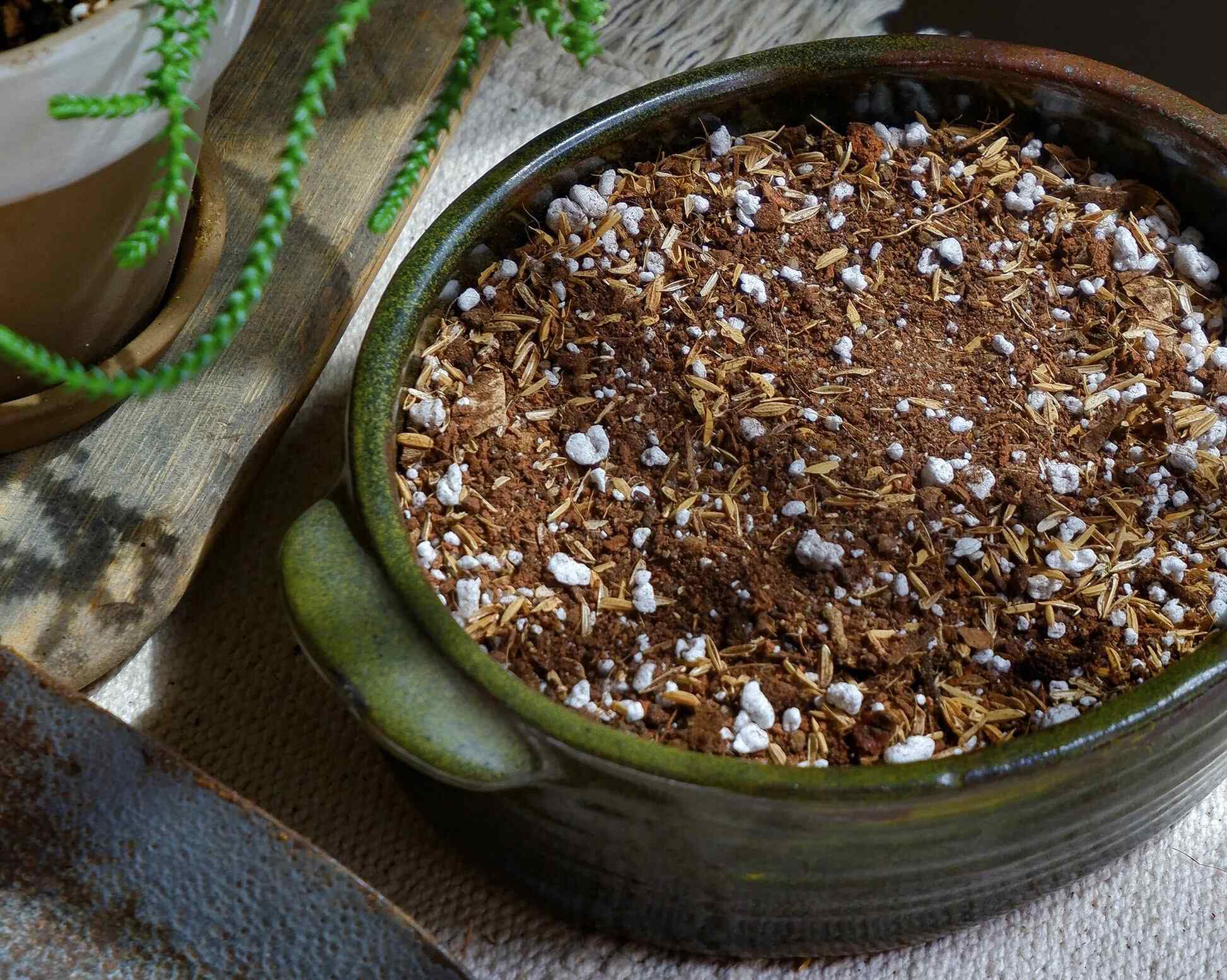
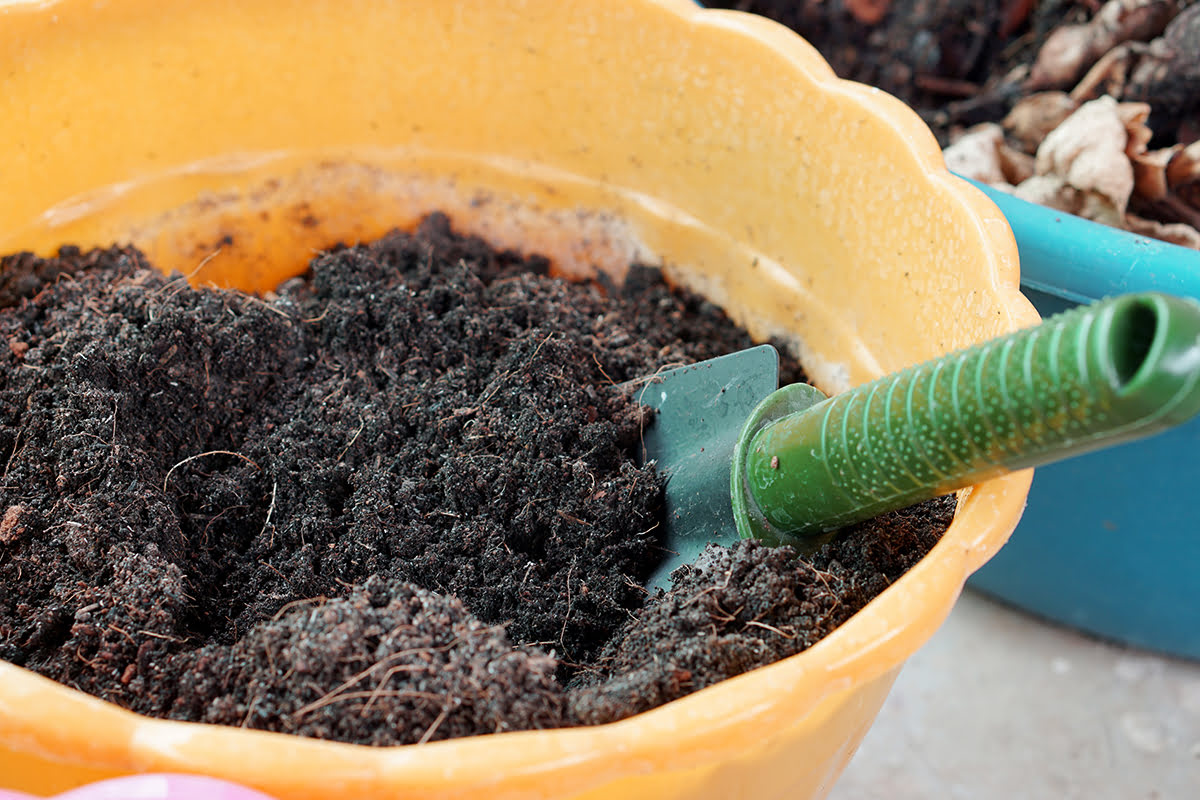
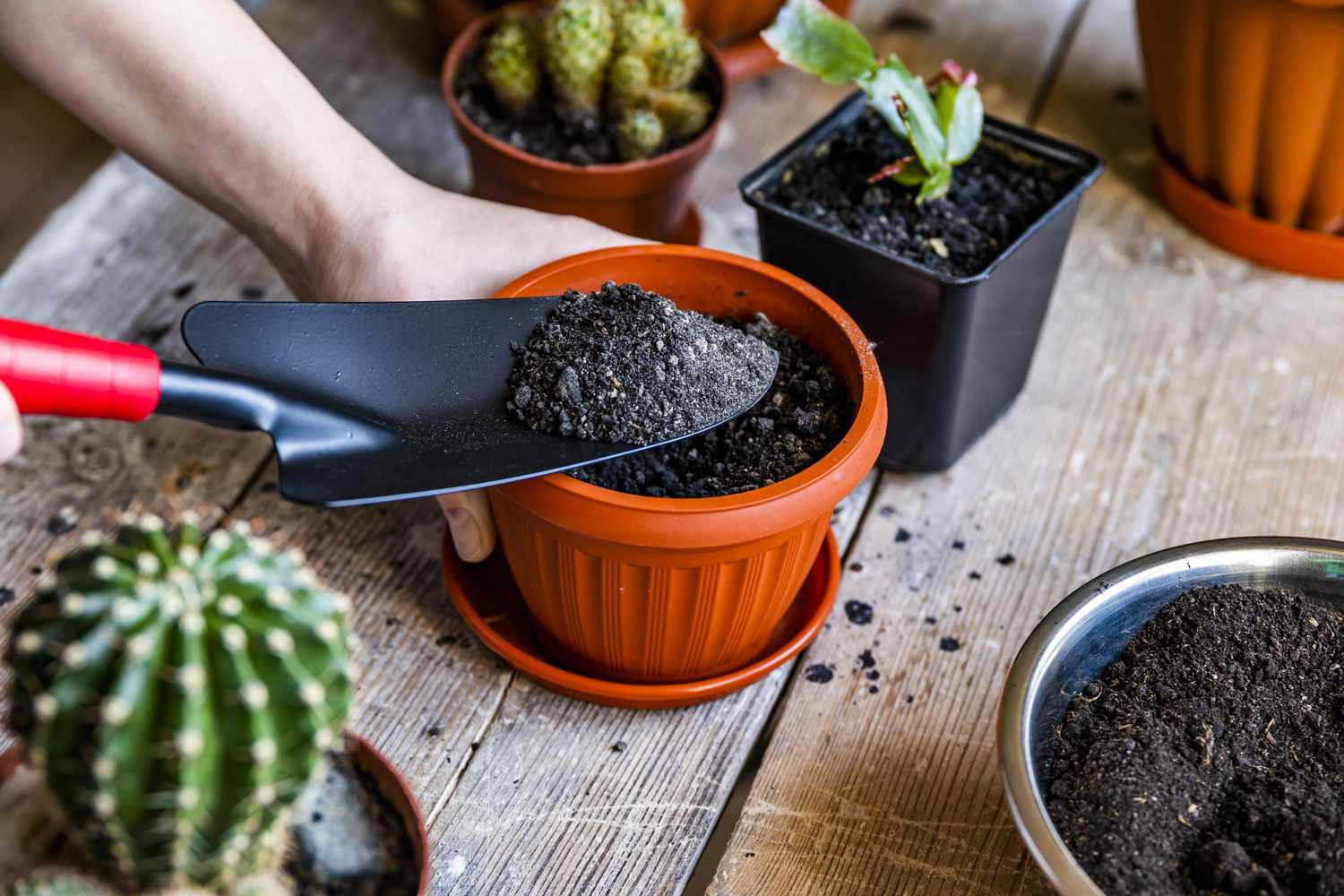
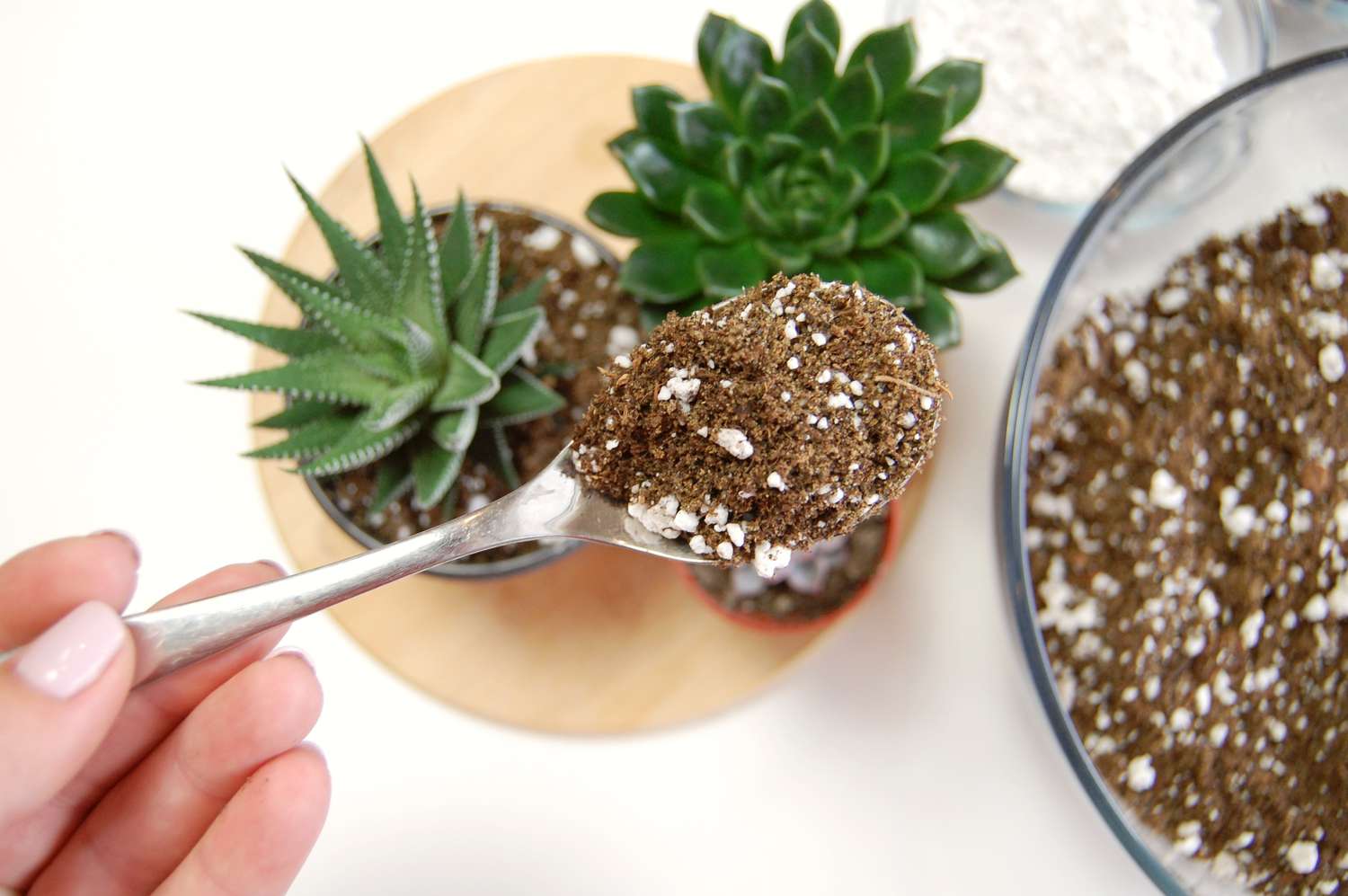
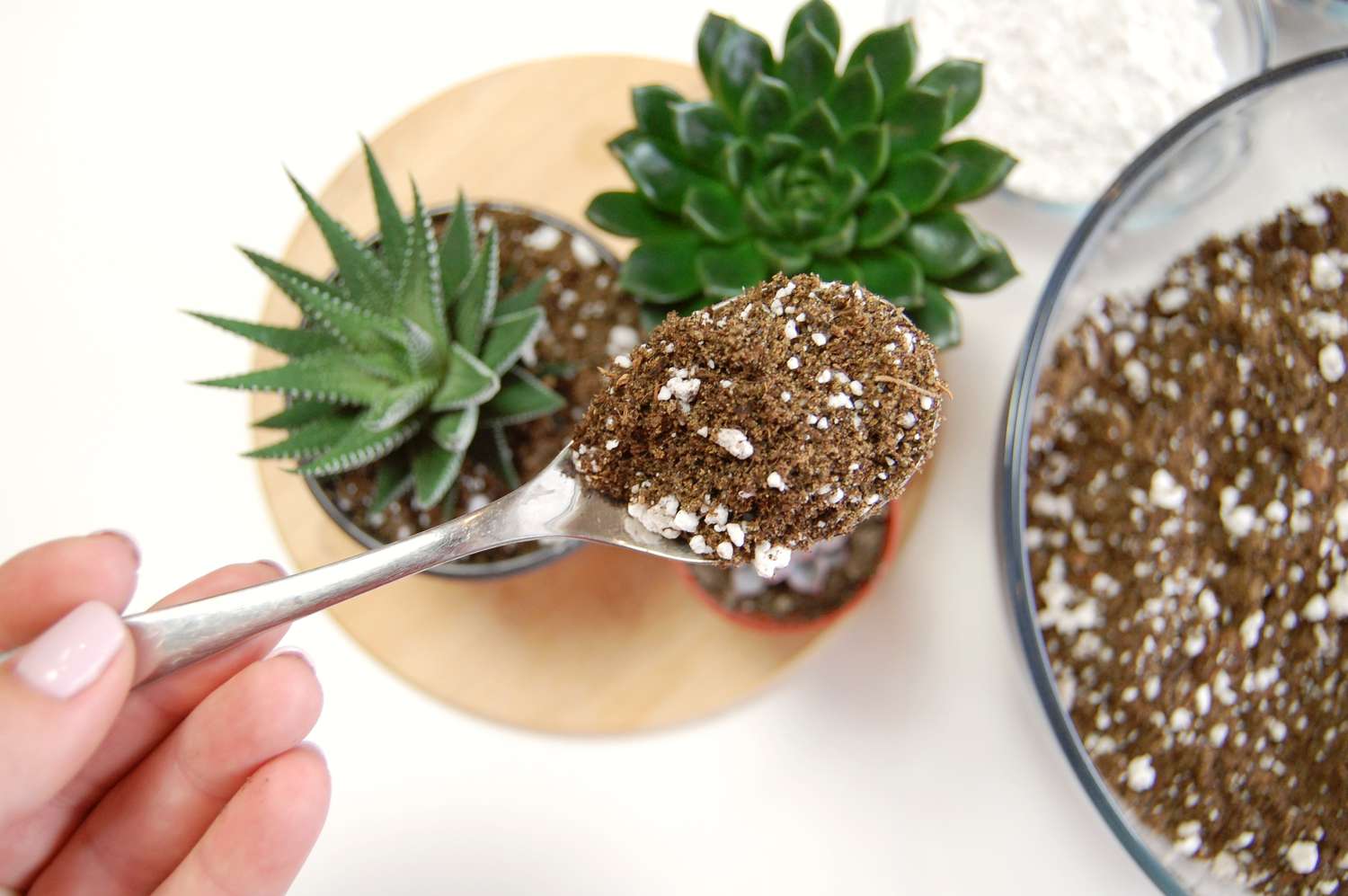
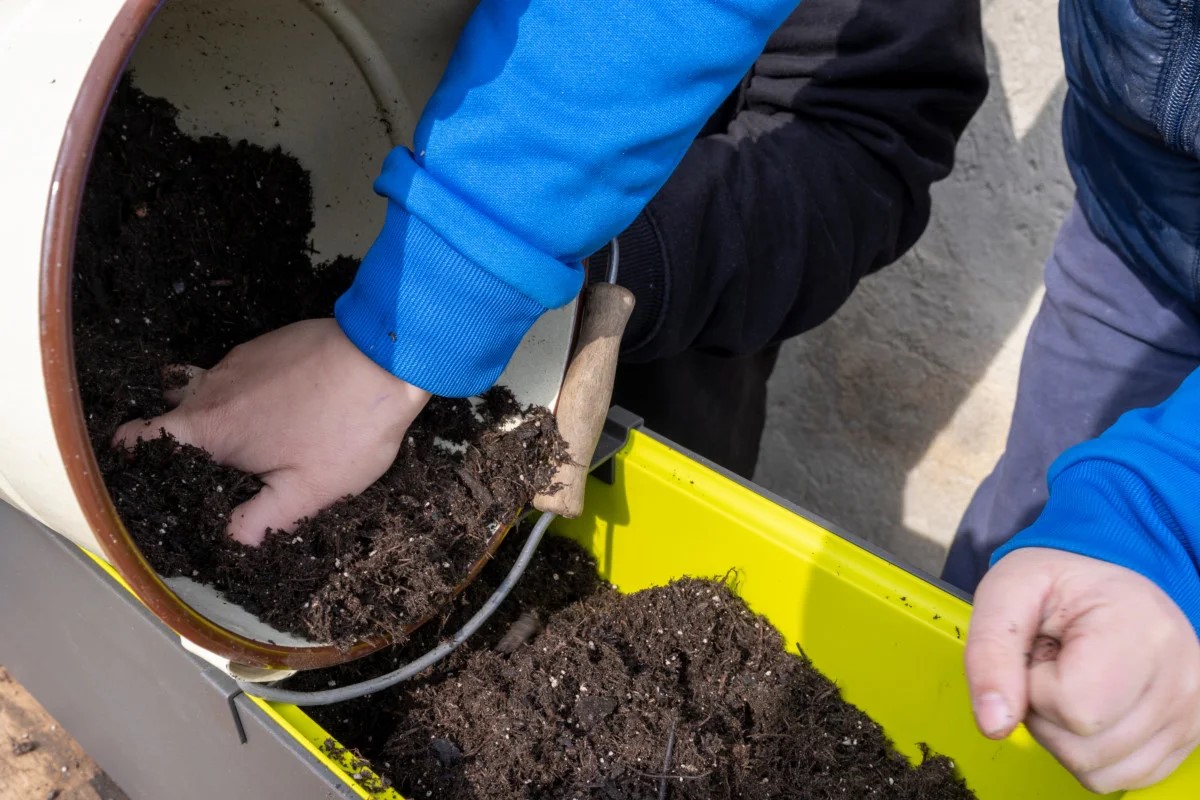
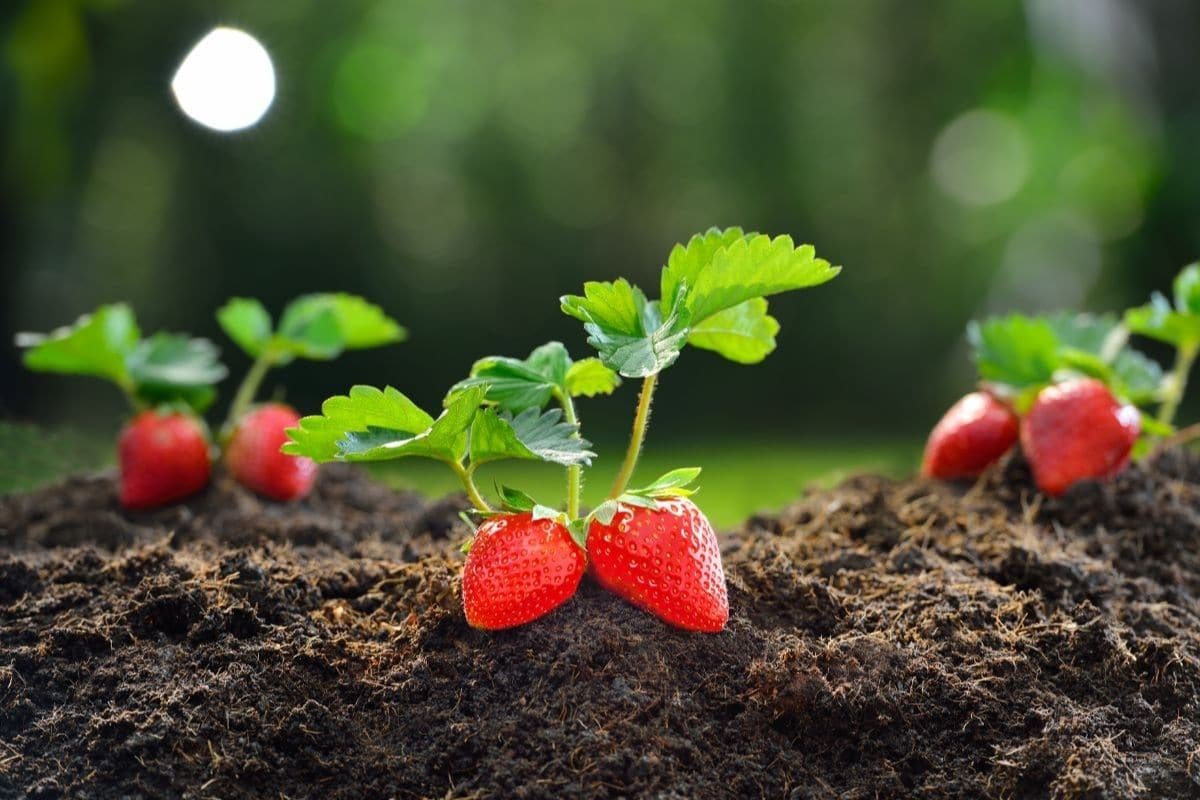
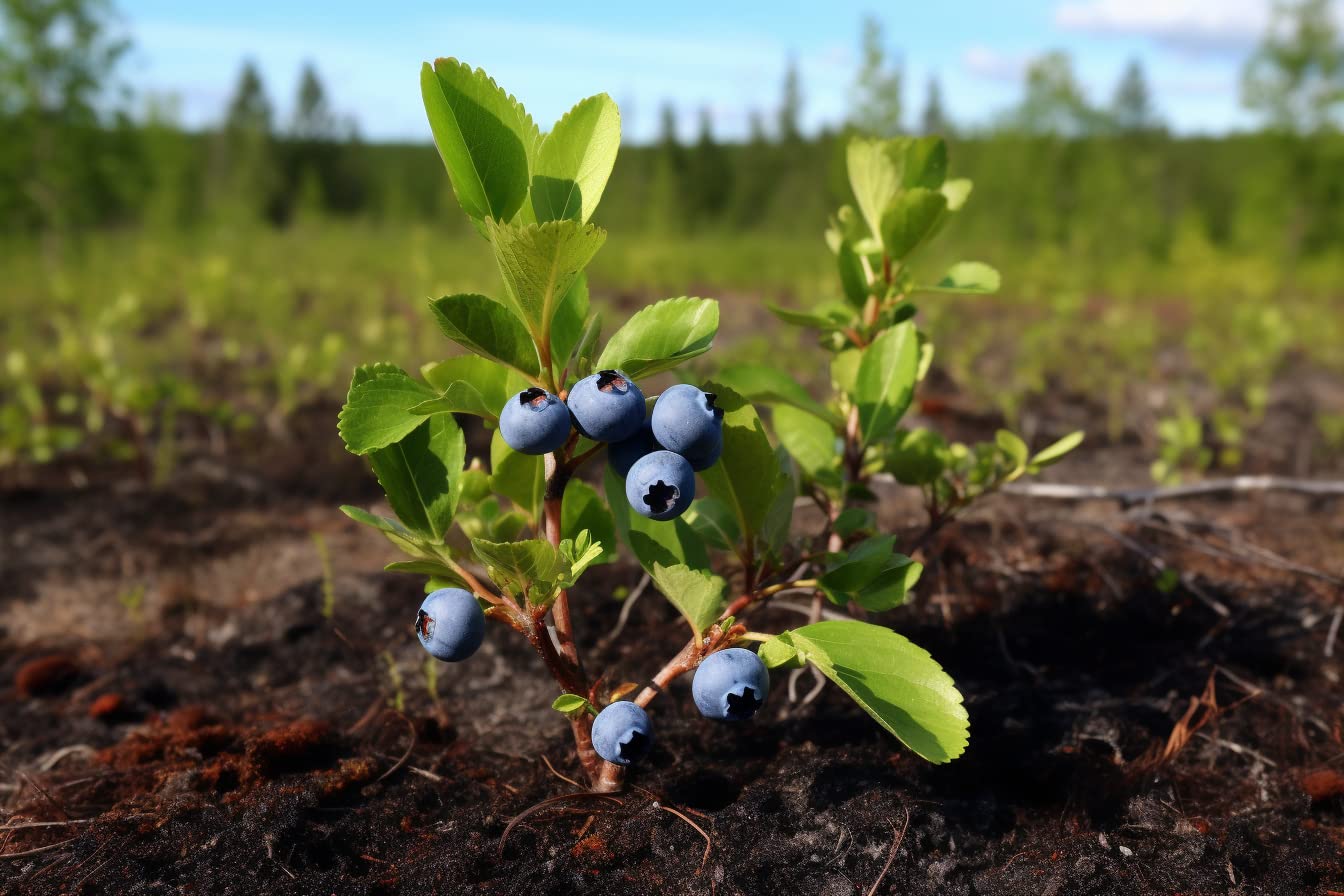
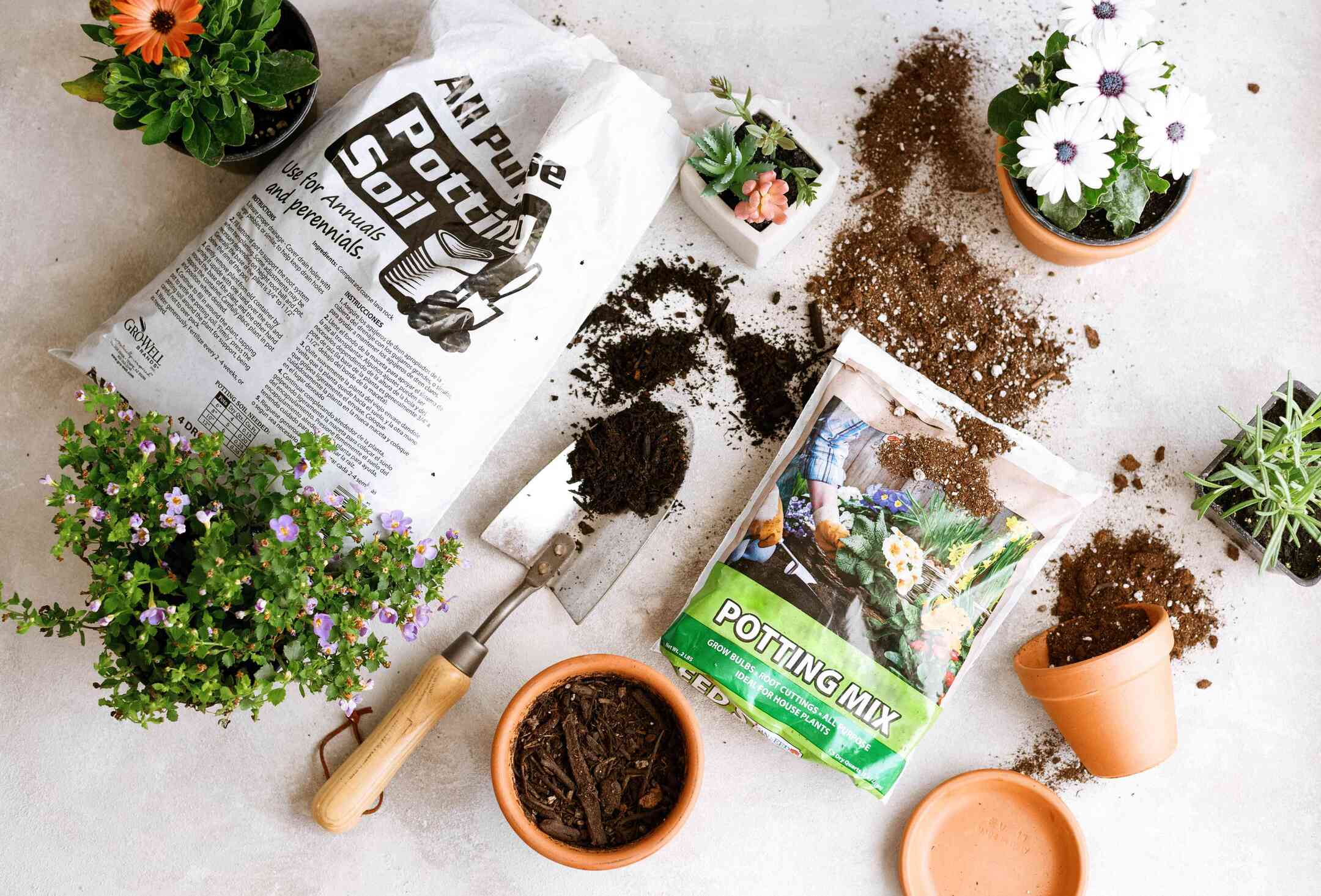
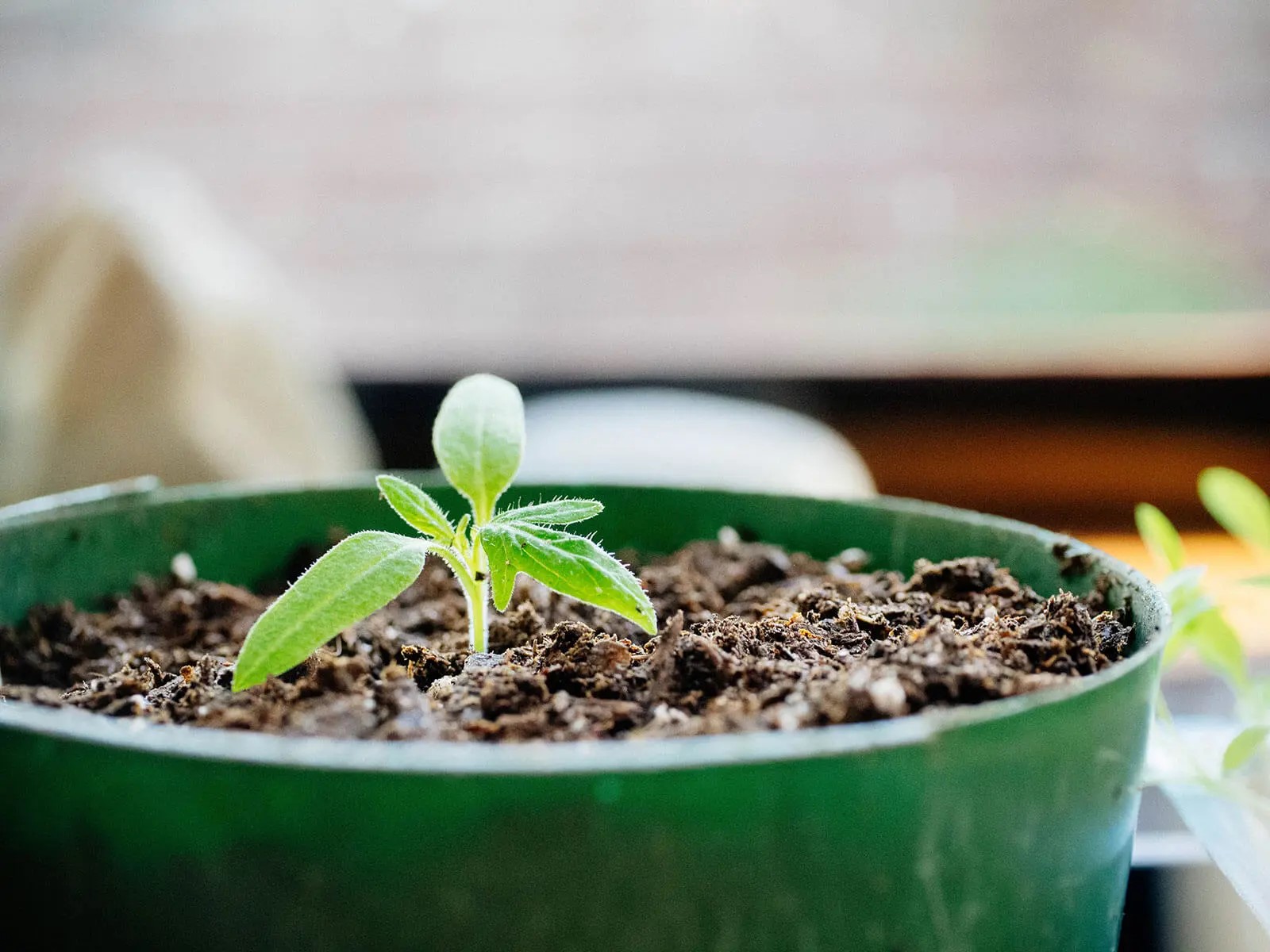

0 thoughts on “What Soil Mix Is Good For New Guinea Impatiens”